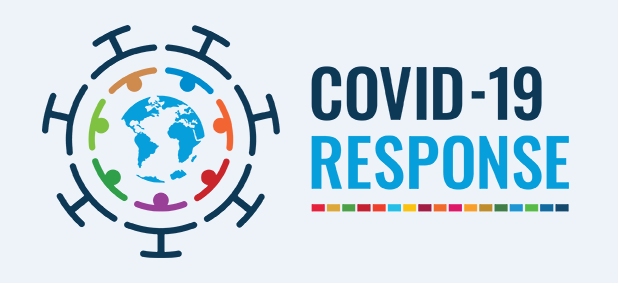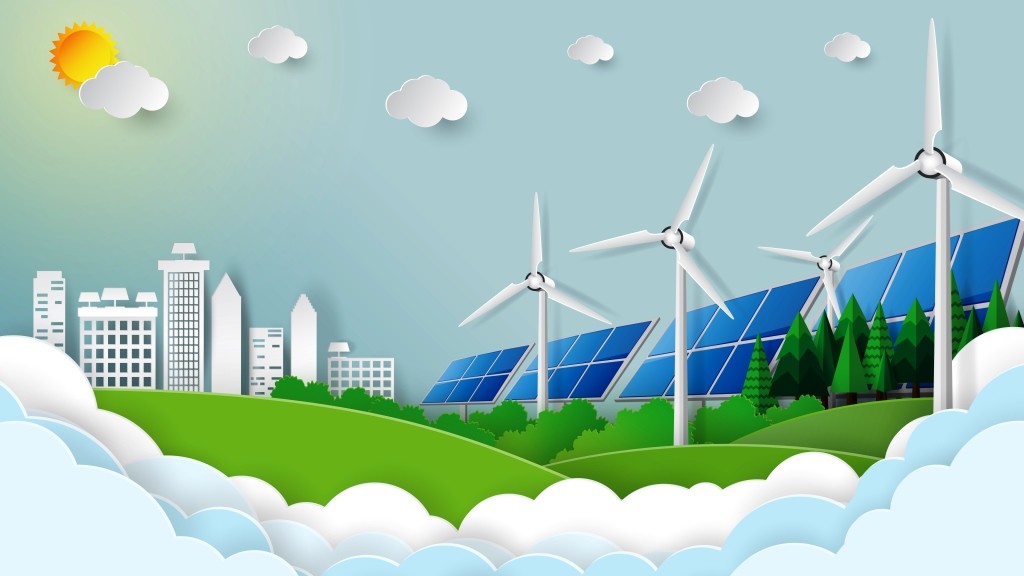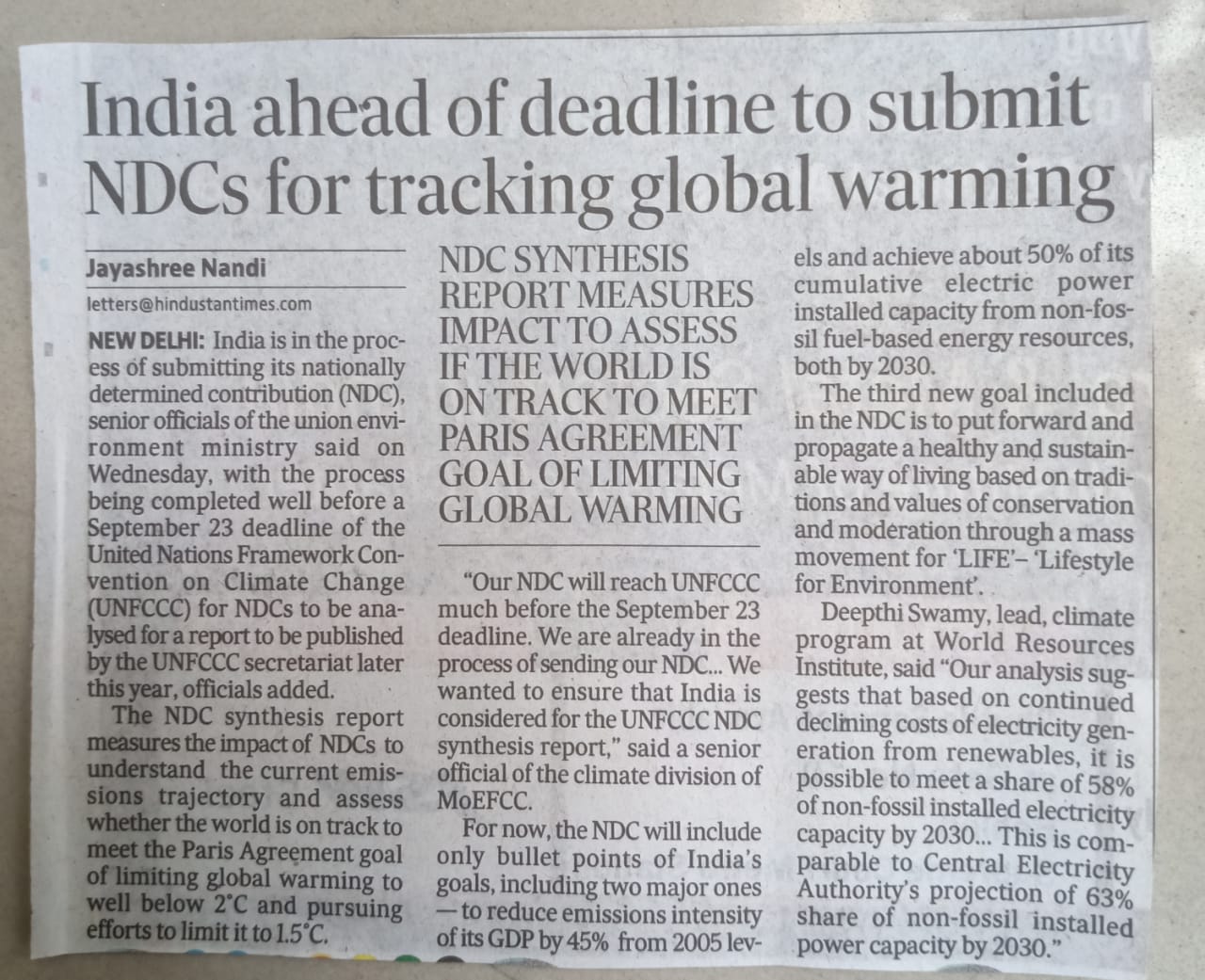India's Environmental Sustainability
Leadership Drive for the Planet
India's Environmental Sustainability
Leadership Drive for the Planet

Ruchi Singh
Visiting Research Fellow, IISD
Team Lead, Sustainable Fashion (ISFPN), IISD
Eco Fashionist and Nature Lover
In 1972, when the first world conference, on 'Human Environment' was happened, India took some thoughtful and effective
steps for the conservation of environment like amendment of constitution by introducing 48A and 51A(G) and formation of significant
laws related to the protection of environment and wildlife like Wildlife Protection Act 1972, Water (Prevention and Control of Pollution) Act,
1974 Air (Prevention and Control of Pollution) Act, 1981, Environment Protection Act, 1986 etc. since then India has joined the world to fight
for the cause. India has been playing a significant role in the global
conferences, as well as implementing the provision of various protocols signed; worldwide to make
the world a better place. Presently, India has numerous environmental laws, legislations and regulations;
monitored by MoEF&CC, under the legal supervison of National Green Tribunal (NGT).
After 50 years to the first Conference in 1972, at Glasgow in November 2021,
India has set ambitious targets in COP 26. With the announcement of Panchamrit, India has buckled up not only
for the race for sustainability; but also has took an oath for preservation of environment.
These targets are:
-
India will reach its non-fossil energy capacity to 500 GW by 2030.
- India will meet 50 percent of its energy requirements from renewable energy by 2030.
- India will reduce the total projected carbon emissions by one billion tonnes from now onwards till 2030.
- By 2030, India will reduce the carbon intensity of its economy by less than 45 percent
- By the year 2070, India will achieve the target of Net Zero.
These panchamrits will be an unprecedented contribution of India as it's Climate Action, with respect to UN SDG 13.
As, India announced these targets at the global platform, all eyes are set to see the grand
performance of India now. Let's take a look why are these targets not so impossible to achieve.
Current status of India'snon-fossil energy installed capacity as on 31.05.2022 is 166.729 GW, as per Central Electricity Authority (CEA),
breakdown is presented in the Table below:

India's installed capacity of renewable energy has increased by 286% in the last 7.5 years
The share of renewable energy installed capacity is 39.7% as on 31.05.2022; which has increased 286% over the last 7.5 years which is a remarkable achievement
for a developing country and the share of total installed generation capacity of renewable energy has reached up to 26.53%.
India is doing great in developing its renewable energy resources. India has become the world's largest renewable energy expansion programmes 175GW till 2022.
India stands at 4th position for overall installed renewable energy capacity in the world.
There has been a great expansion of Solar Energy in the Renewable Energy Scenario of India in last few years.
With the launch of National Solar Mission as a part India's National Action Plan on Climate Change and the revision of its target in 2015,
since then the Solar Energy capacity has increased from 2.6GW to more than 50 GW in last 7.5 years.
In 2015, the announcement of International Solar Alliance has given a new direction to expand even more.
The contribution of Solar Energy capacity has increased up to 14.1% in over-all generation capacity as on 31.05.2022.
Recently, India achieving 5th global position in Solar Power deployment surpassing Italy, proves that India is all set to achieve for, what it has stood for.
___________________________
Ms Ruchi Singh is
Visiting Research Fellow at Indian Institute of Sustainable Development (IISD), New Delhi.
She is an Eco Fashionist and Nature Lover.















